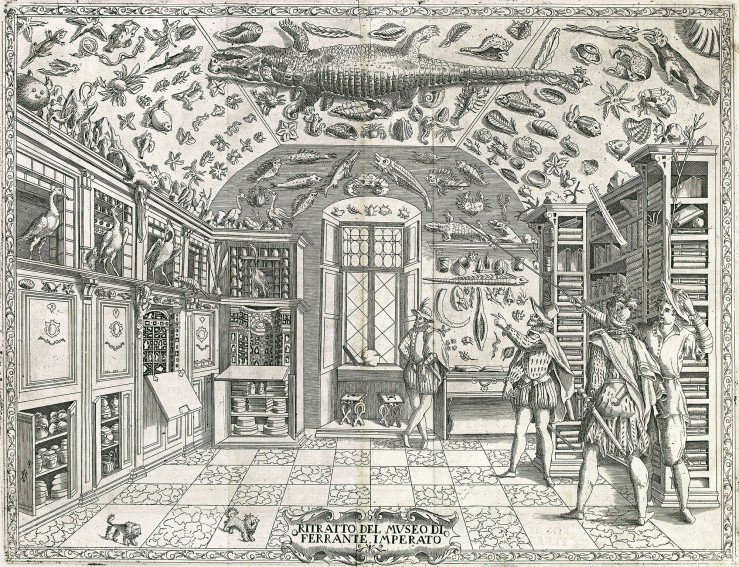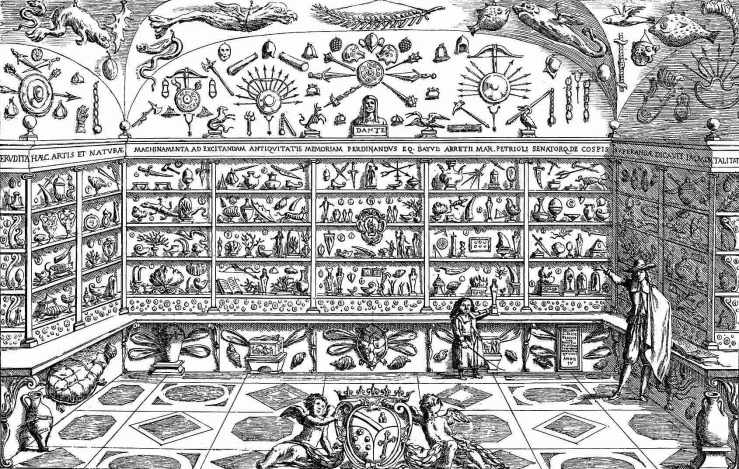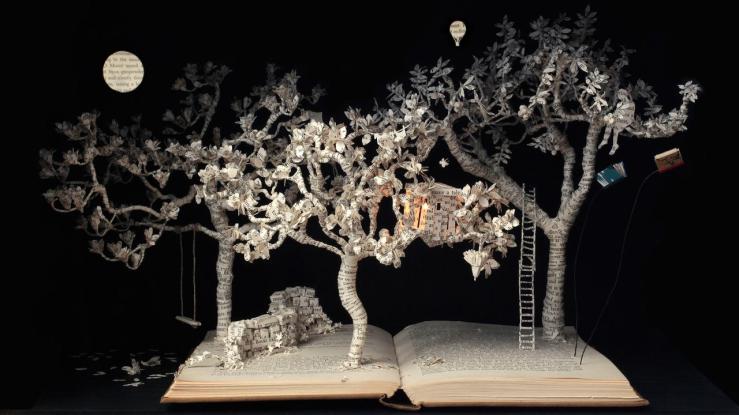P.R. SILVAN
The most important but generally the most neglected of the arts of everyday living are simply these: philosophy, husbandry and merriment. Philosophy is the search for truth and the study of how to live well. Husbandry is the act of providing for oneself and one’s family, and merriment is the important skill of enjoying yourself: feasting, dancing, joking and singing.
Tom Hodgkinson, introduction to Brave Old World
When I was very young I thought it would be quite nice to become an astronaut. Or, if this proved too difficult, to live in a tree.
This is because in a nice tree – one with ample foliage and sturdy branches, a tree in which the wind whispers pleasantly through the leaves – one is afforded a most interesting view of the world below, something like the view from an aeroplane window:

One is high up, floating pleasantly above things that were once large and imposing, but that now look so small. Whilst still feeling connected to one’s surroundings one is able to look down pensively at everything from a pleasantly removed distance. From such a vantage point there is something reminiscent of Kafka’s The Window on the Street.

Though of course not as lonely as Kafka’s story, for there is no glass between you and the world: In a tree one feels the leaves brush roughly against one’s skin. The breeze carries interesting scents and shuffles them around in the canopy. The danger of falling if one is not careful is a reminder that life must be lived as well as studied. And as well as all this, in a tree you can shout out all kinds of greetings at the people below without the awkwardness that comes with trying to shout through glass. One feels alive in the branches of a tree.
Imagine it. Imagine taking to the trees and staying there. It speaks to two dreams grained deep into many of us. The dream of escape to a forest Utopia (Robin Hood, Francois Truffaut’s “Enfant Sauvage”), and the dream of the wildwood—an impossibly vast forest as yet unruptured by roads and unschismed by settlements, through which you might travel for days in any direction. […] It is true—as [Italian writer] Italo Calvino suggests—that being high in a tree can alter the way you think and see.
Robert Macfarlane, in an interesting article.
As Tom Hodgkinson points out above, one of the most important but sadly one of the most neglected things in contemporary life is philosophy – or the collection of wisdom. When living in a tree one is able to cultivate much wisdom simply by observing the multitudes of different people passing below. This is what has made the idea so attractive to writers like Calvino, mentioned above.

But when one lives in a house made of bricks, surrounded by the reassuring security of stone, one must look elsewhere for wisdom, which brings me to the ideas behind this blog.
The study of literature, philosophy, and history provide answers to questions you haven’t even asked yet. Literature and philosophy can serve as an antidote to the frantic pace of everyday living in (yes, that exhaustingly overused phrase) the modern world. And the study of history is a valuable tool for keeping a sense of perspective in check and reminding us that things have not and will not always be the same as we understand them to be at the moment. These are important sentiments to keep in mind when trying to figure out what to do and how to live in a busy world. Such disciplines serve as much needed correctives to the confusing and sometimes overstimulating world around us. They are valuable aides for adopting the reflective distance that comes so naturally from the branches of a tree – but which, I have come to realise (with much disappointment and complaining) is not the most practical home unless you are an exceptionally skilled builder and a master of gravity:

With this in mind, I have written this blog with the aim of extracting wisdom from even the most everyday objects and occurrences around us – with of course, some help from the imagination. From the fastest aeroplanes to the most unassuming of rocks, the world is full of strange and curious artifacts and obscurities that when properly noticed, can broaden our perspective for the better.


In contemporary modern society however, a celebration of the ordinary aspects of everyday life (those that are often overlooked in favour of more glamorous things like fancy parties and nice shoes) is often lacking. The writers I admire most have always been those who can extract the philosophical from the everyday and following their lead I attempt to do the same here – to resurrect the wisdom in everyday life and everyday objects. The wisdom, one could say, that has traditionally been best appreciated by creatures like hobbits. The wisdom of songs and ferns, of silly dances, and of not taking life too seriously. Life is a terribly serious business after all, far too serious to allow it always to get the better of us:
“To teach how to live without certainty, and yet without being paralyzed by hesitation, is perhaps the chief thing that philosophy, in our age, can still do for those who study it.”
I am in general a very pessimistic person, with an optimistic day-to-day take on things. The bare facts of life are utterly terrifying. And yet, one can laugh. Indeed, one has to laugh precisely because of the darkness: the nervous laughter of the trenches.
– Alain De Botton.

The value of contemplation as well as action is something better embodied by the ancient philosophers rather than the modern age, with its harmful exhortations to have better, do better, be better and its endless stream of confusing fast-food advice, perhaps most popular in the form of those frustrating inspirational quotes littered all over the internet:


Such wisdom does not nourish for very long, and when one glimpses similar off-putting attempts at insight the potential of the internet to disseminate valuable ideas is destroyed in a manner reminiscent of Dino Buzzati’s bogeyman, who also needs a mention here as he hovers at the top of all my pages:

Thus a more effective integration of the wisdom contained in literature and philosophy, and the sense of perspective that comes from studying history, is needed in everyday life. This is what I believe blogging in particular does well, and it is what I attempt to do here, in my window on the street. With of course, as Tom Hodgkinson suggests, the important element of merriment – that is laughter, entertainment, and a sense of humour.

There are many different windows, not all of them with the same view. And blogs and books are windows after all – windows to other ways of seeing and understanding the world around us. So as attractive as it is for all its romantic connotations, perhaps it is not necessary to go as far as Calvino’s hero Cosimo in The Baron in the Trees. One needn’t run away into the canopy of the trees to enjoy the exclusive perspective afforded there, for writing affords us the same privilege.


